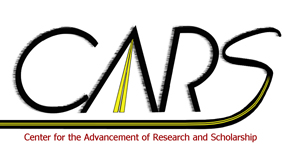Poster: Molecular Analysis of the Intestinal Microbial Community in an Herbivorous Snail, Caracolus Caracolla
Location
Moakley Atrium
Start Time
15-5-2013 4:00 PM
End Time
15-5-2013 5:00 PM
Description
The microbial communities in the intestinal tracts of animals are often important for digestion, especially of cellulose containing plant matter. Knowledge of these communities is critical for an understanding of the physiology of the host and the complex interactions among the host and its symbionts. Nevertheless, microbial communities of most invertebrates are poorly understood. We have used molecular techniques to characterize the bacterial microbiota inhabiting the intestines of Caracolus caracolla, a large and abundant snail in montane rain forests of Puerto Rico. The microbial communities of many herbivorous animals are dominated by Firmicutes. In these snails, however, Gram-negative Proteobacteria are the dominant phyla. These novel results call into question the current understanding of the structure and function of the microbial community in herbivorous organisms.
Poster: Molecular Analysis of the Intestinal Microbial Community in an Herbivorous Snail, Caracolus Caracolla
Moakley Atrium
The microbial communities in the intestinal tracts of animals are often important for digestion, especially of cellulose containing plant matter. Knowledge of these communities is critical for an understanding of the physiology of the host and the complex interactions among the host and its symbionts. Nevertheless, microbial communities of most invertebrates are poorly understood. We have used molecular techniques to characterize the bacterial microbiota inhabiting the intestines of Caracolus caracolla, a large and abundant snail in montane rain forests of Puerto Rico. The microbial communities of many herbivorous animals are dominated by Firmicutes. In these snails, however, Gram-negative Proteobacteria are the dominant phyla. These novel results call into question the current understanding of the structure and function of the microbial community in herbivorous organisms.
